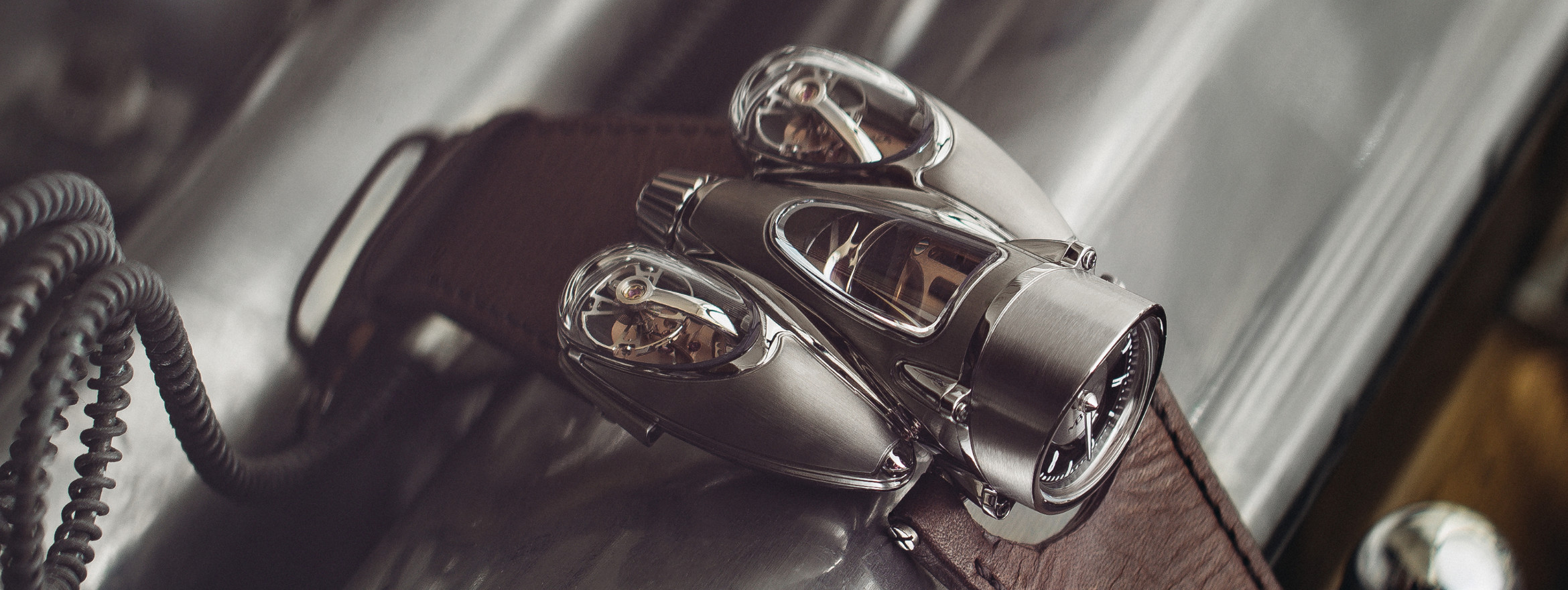New Watch! • 13 Aug 2019
Revisiting MB&F’s Fast Looking HM9
Getting in the Flow
Wristwatches can measure fast things with a tachymeter or they can measure how fast the last lap on a racetrack was with a rattrapante chronograph. However, up until Max Büsser and his Friends (MB&F) created the HM9, there was never really a watch that you could say looked fast.
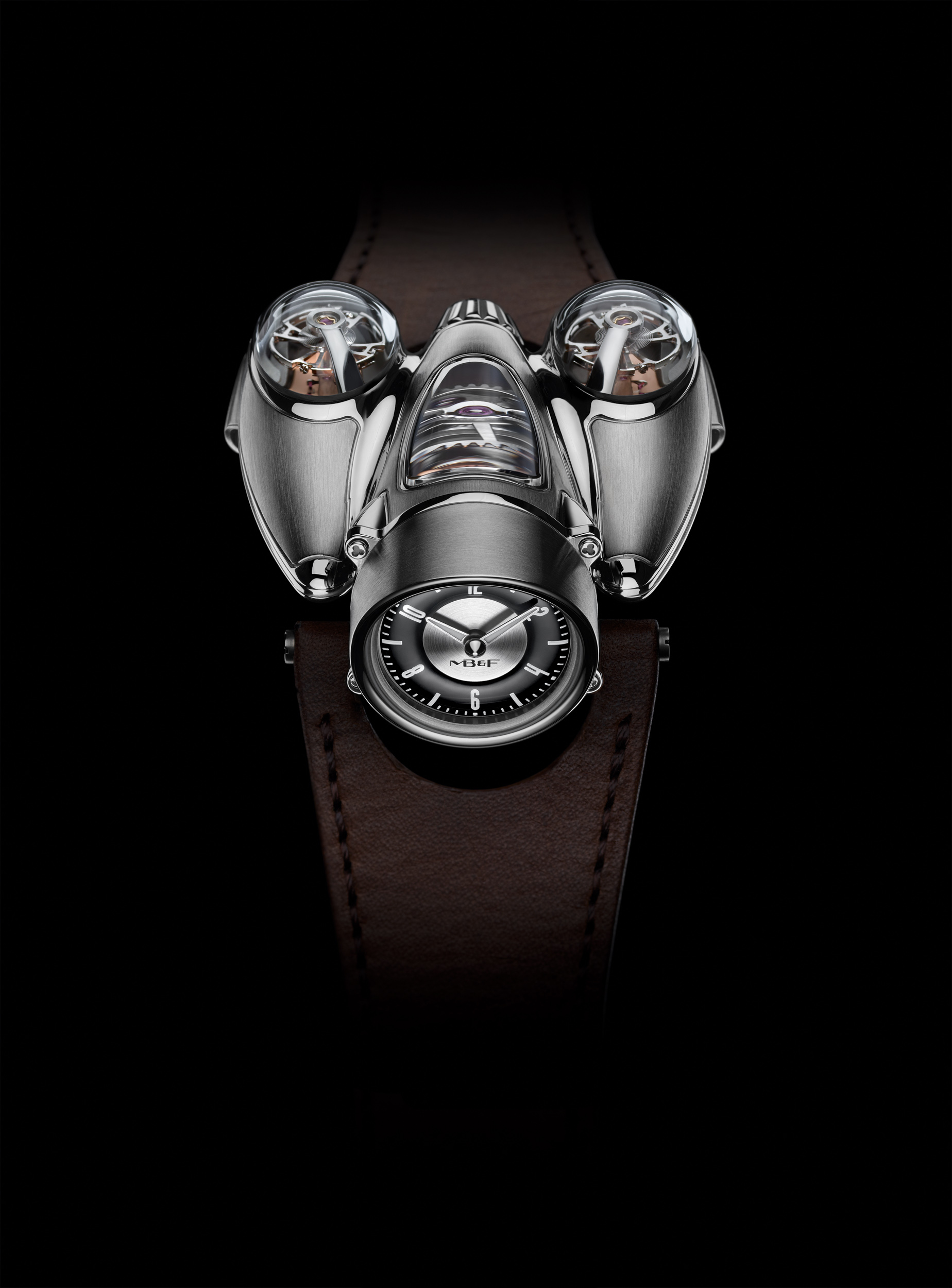
Faster Dammit!
Unveiled in 2018, the HM9 draws inspiration from an era when designers were making things look fast, and scientists were making things go fast. In fluid dynamics, drag is a force acting opposite to the relative motion of any object moving with respect to a surrounding fluid.
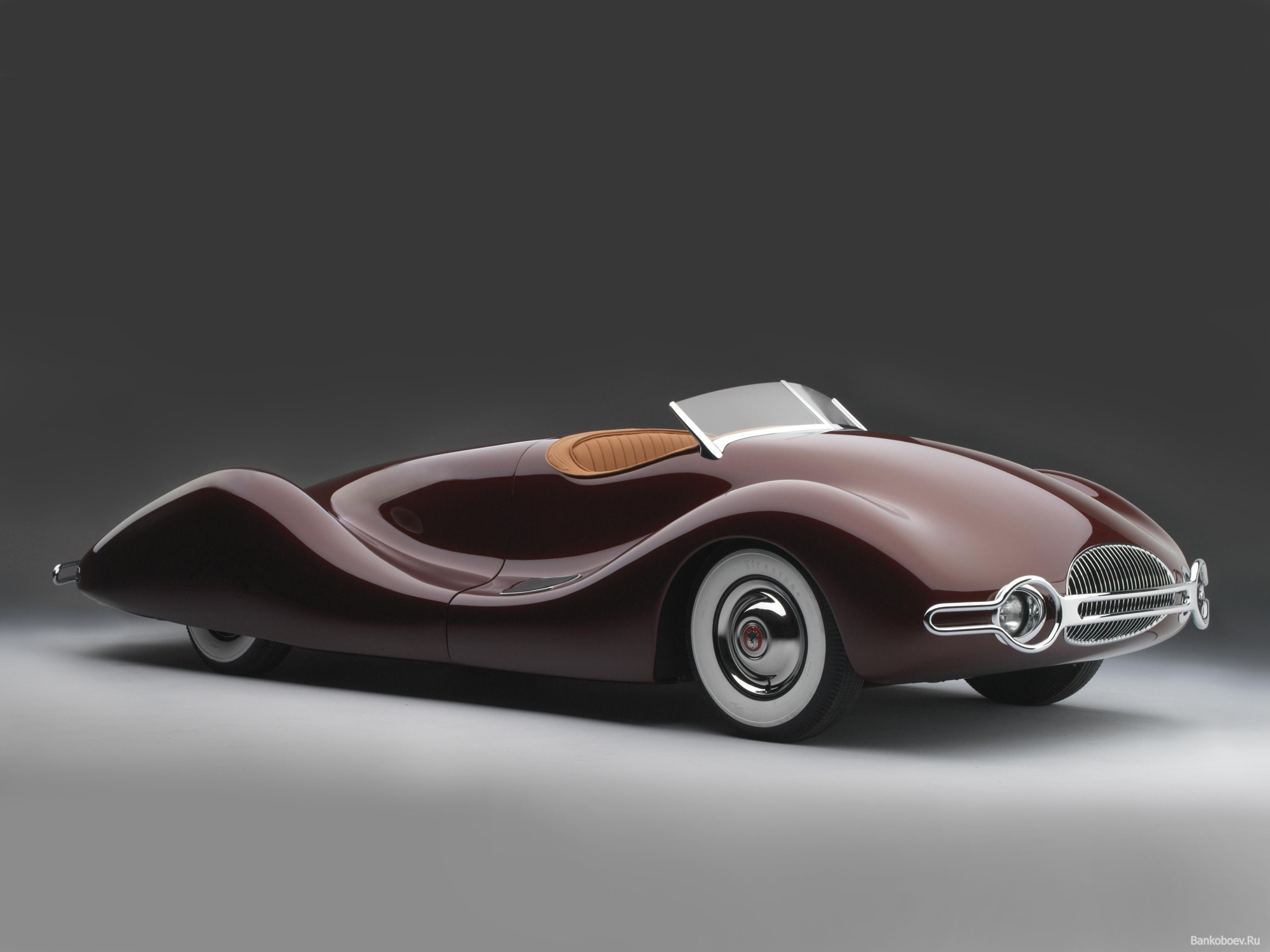
Aerodynamics, itself a sub-field of fluid dynamics and gas dynamics, explains how air moves around things. The aim of the game in the early 20th-century was to reduce aerodynamic drag. Streamlining plays a massive role in reducing drag, and therefore in making things go faster! It’s why high-speed bullet trains and F1 cars look the way they do. Things that look fast are often fast; however, that’s not always the case.
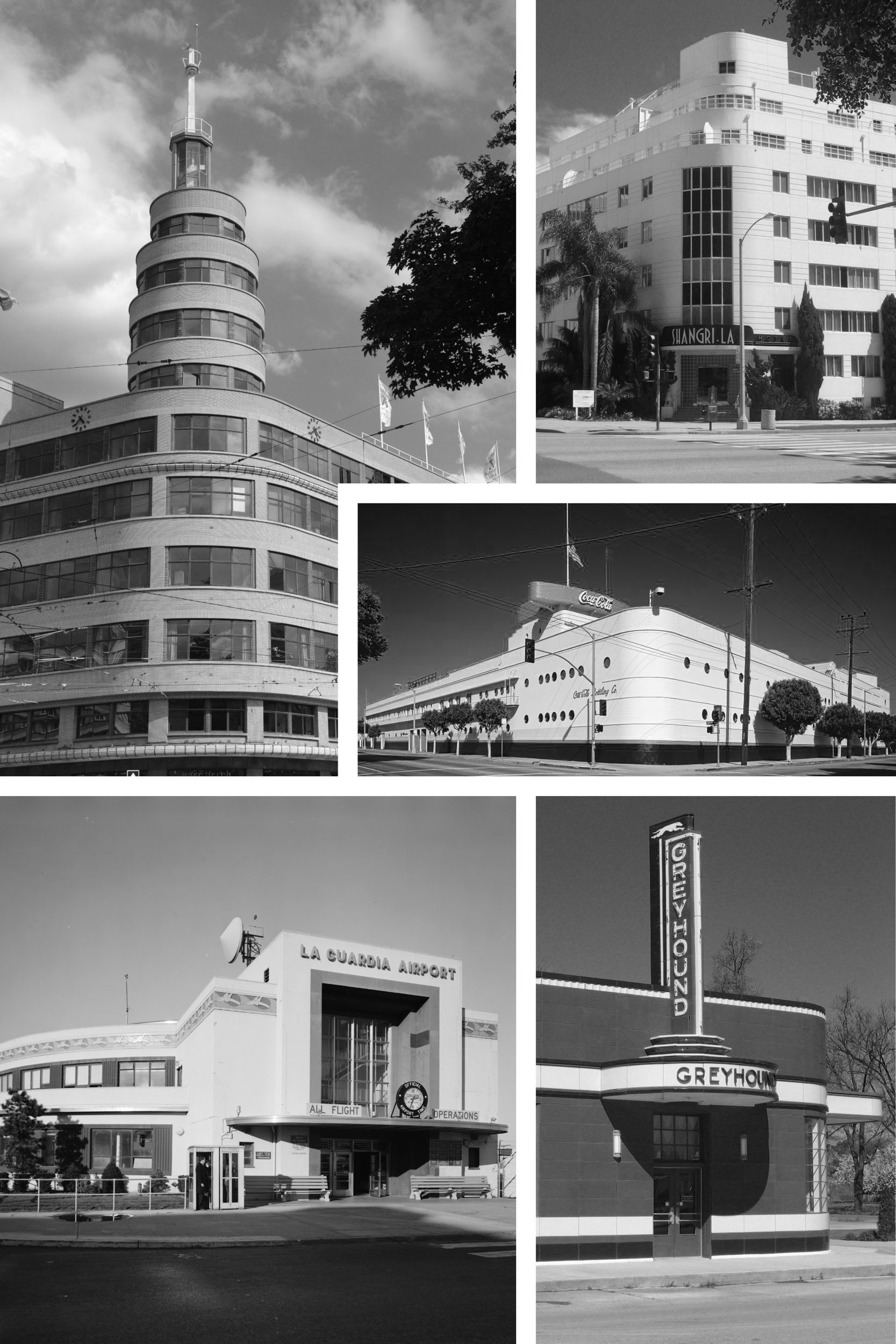
Streamline Moderne
Introduced to the public at the 1933-1934 Chicago World’s Fair, Streamline Moderne was a streamlined interpretation of the Art Deco movement. Inspired by aerodynamic design, Streamline Moderne buildings are characterised by their long horizontal lines and curving forms, devoid of excessive ornamentation.
With America in the grip of the Great Depression and the excess of the 1920s a thing of the past, Streamline Moderne offered an alternative style of architecture more aligned with the scientific breakthroughs being made around the globe. It offered a glimpse of what the future could look like for streamlined everyday objects. Like watches, architecture offers up many great examples of how to transplant automotive and aviation design cues onto a radically different canvas.
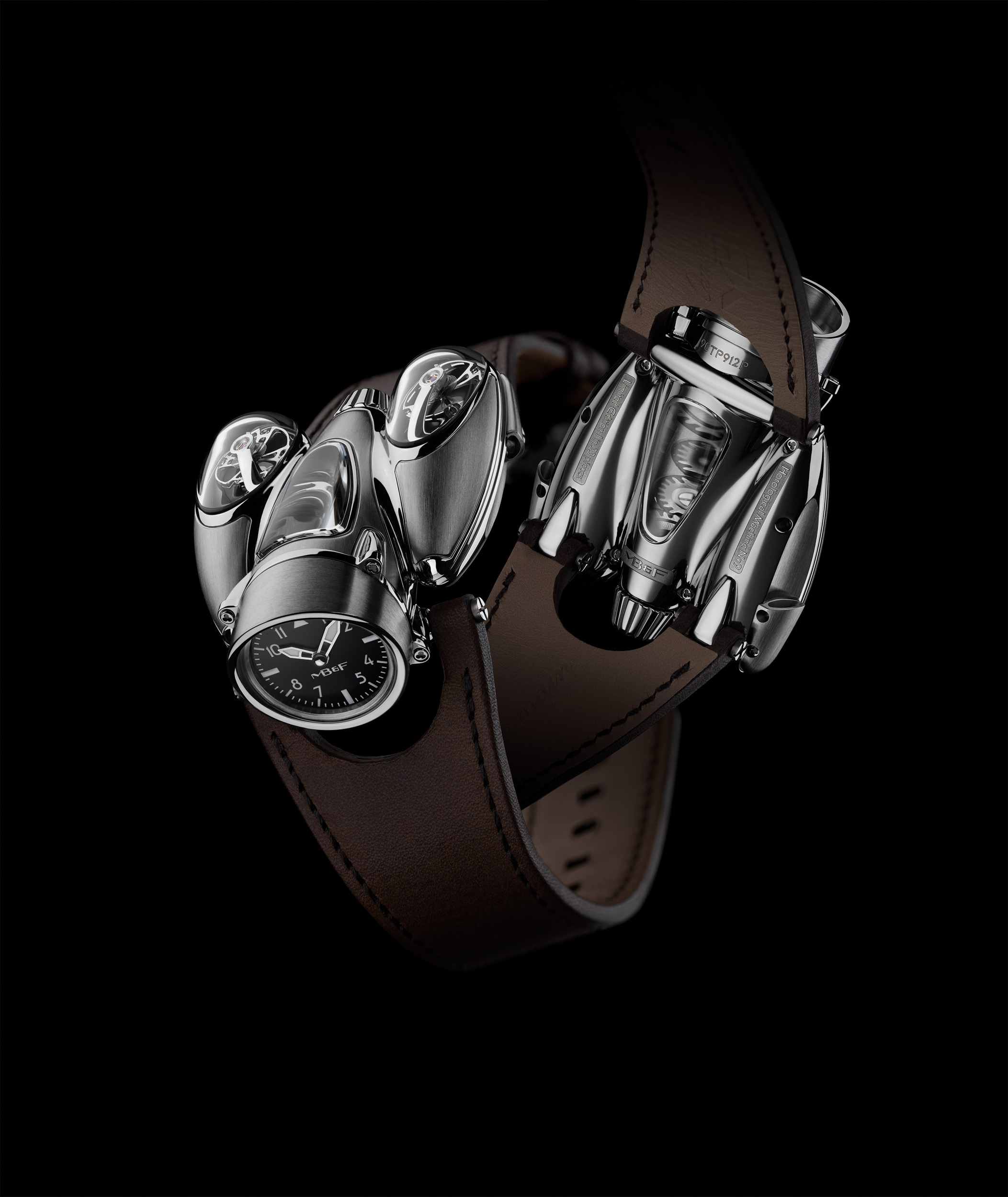
Streamlining MB&F’s Horological Machines
MB&F’s 9th Horological Machine draws inspiration (albeit a more streamlined one) from the mid-century styling first seen on the HM4 Thunderbolt and the HM6 Space Pirate. Its case – reminiscent of a jet engine – combines a geometrically complex combination of milled sapphire crystal and titanium. Resulting in a seductively curvy case, reminiscent of the flowing geometry found on the 1948 Buick Streamliner pictured above. Twin balance wheels beat independently on each flank of the Machine, while the central body reveals the gearbox of the HM9 engine: a planetary differential that averages the output of both balances to provide one stable reading of the time.
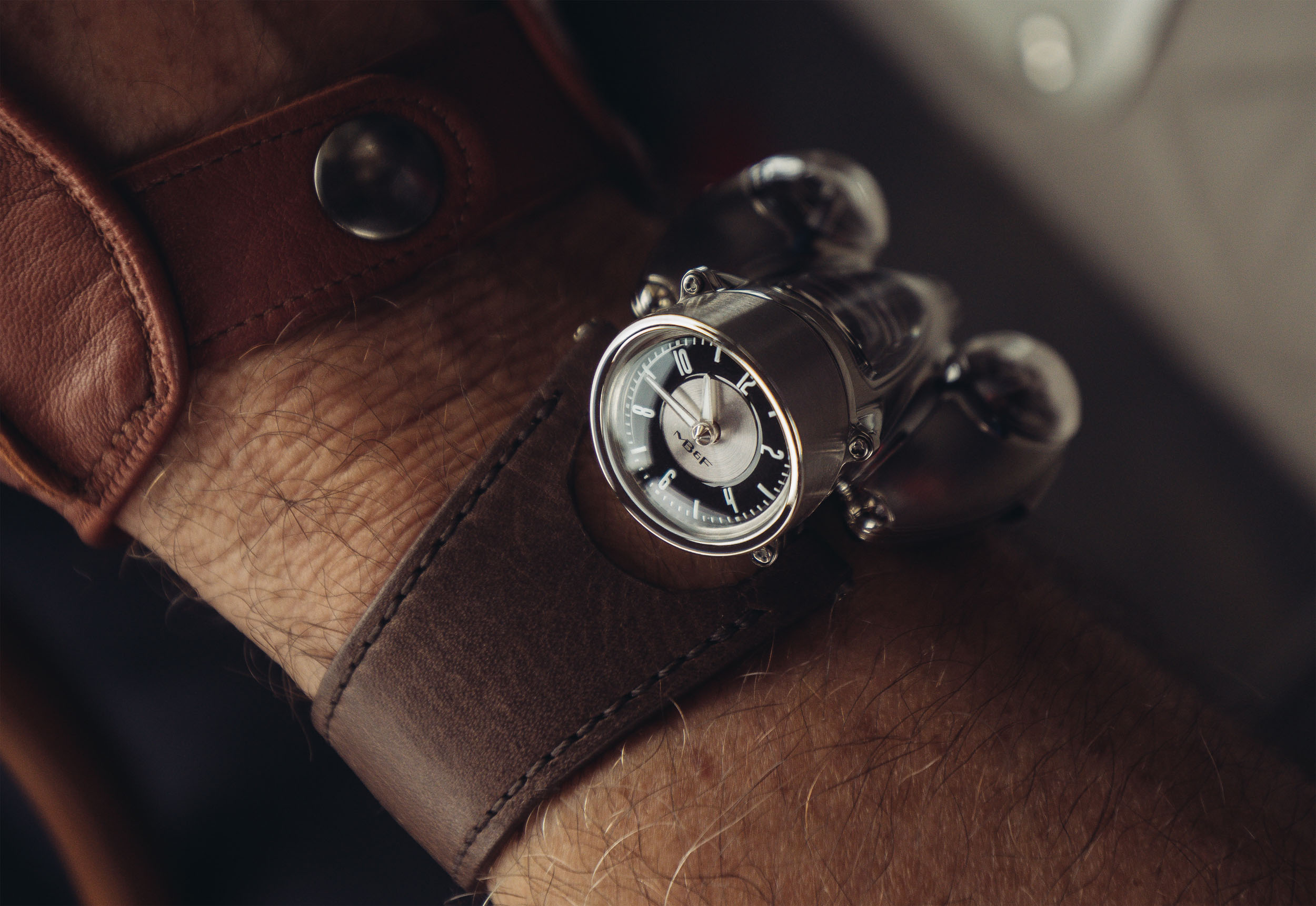
Streamlining Time
“Where should we put the dial?” If you’re a wristwatch designer, this isn’t a question you get to answer very often.
MB&F, on the other hand, has shown time and time again that unexpected dial placement is something worth discussing. Take this year’s Legacy Machine FlyingT as an example. At the 7 o’clock position a lacquered dial displays the hours and minutes with a pair of elegant serpentine hands. It is inclined at a 50° tilt so that only the wearer can read the time, an intimate design feature that highlights the personal nature of owning and wearing an LM FlyingT.
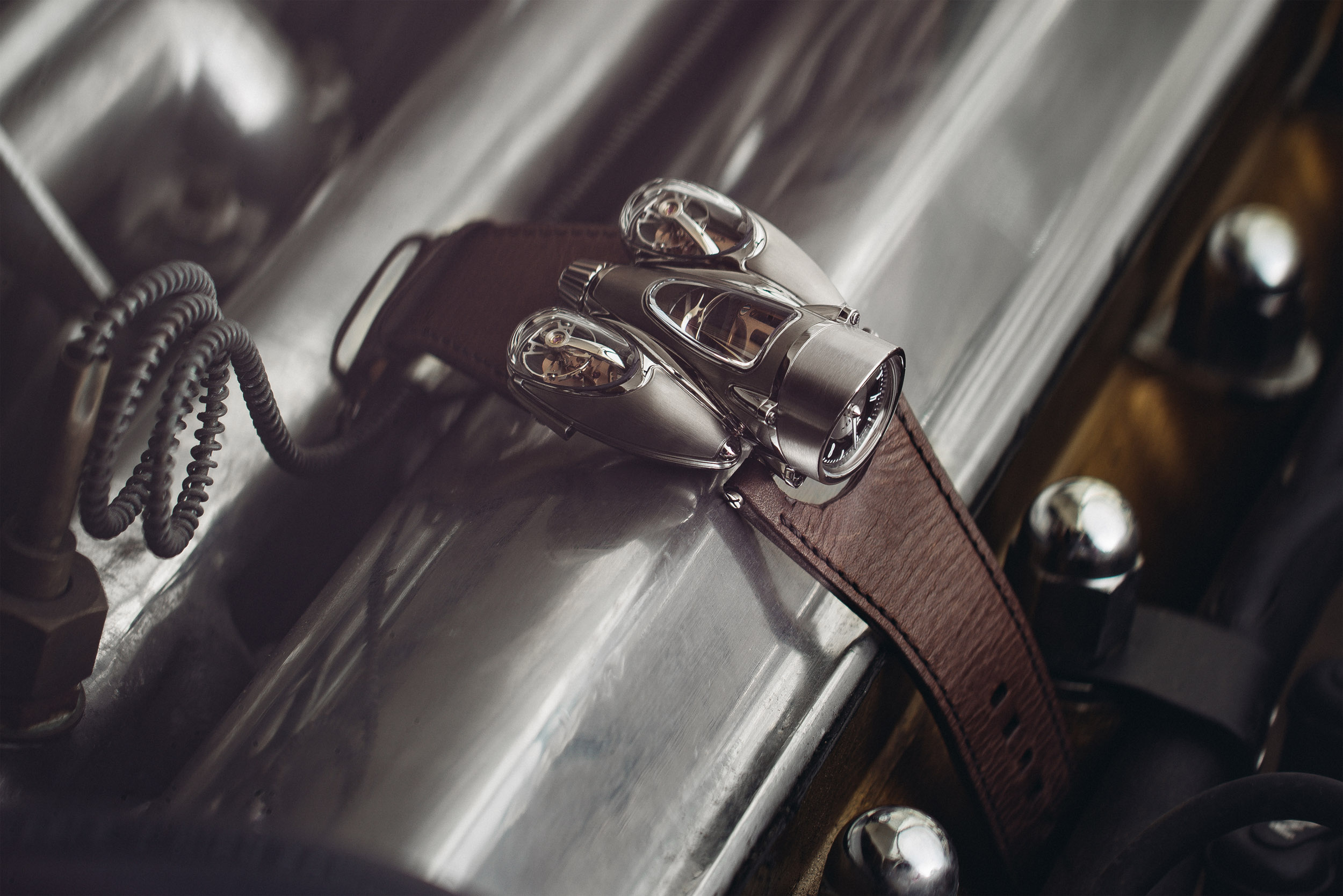
The HM9 achieves a similar result by positioning the dial vertically, housing it within a titanium exhaust-like hood. However, unlike the FlyingT, the dial placement on the HM9 is firmly rooted in practicality. Paying homage to racing-watches with their rotated dials, which enabled the driver to check the time without taking their hands off the wheel.
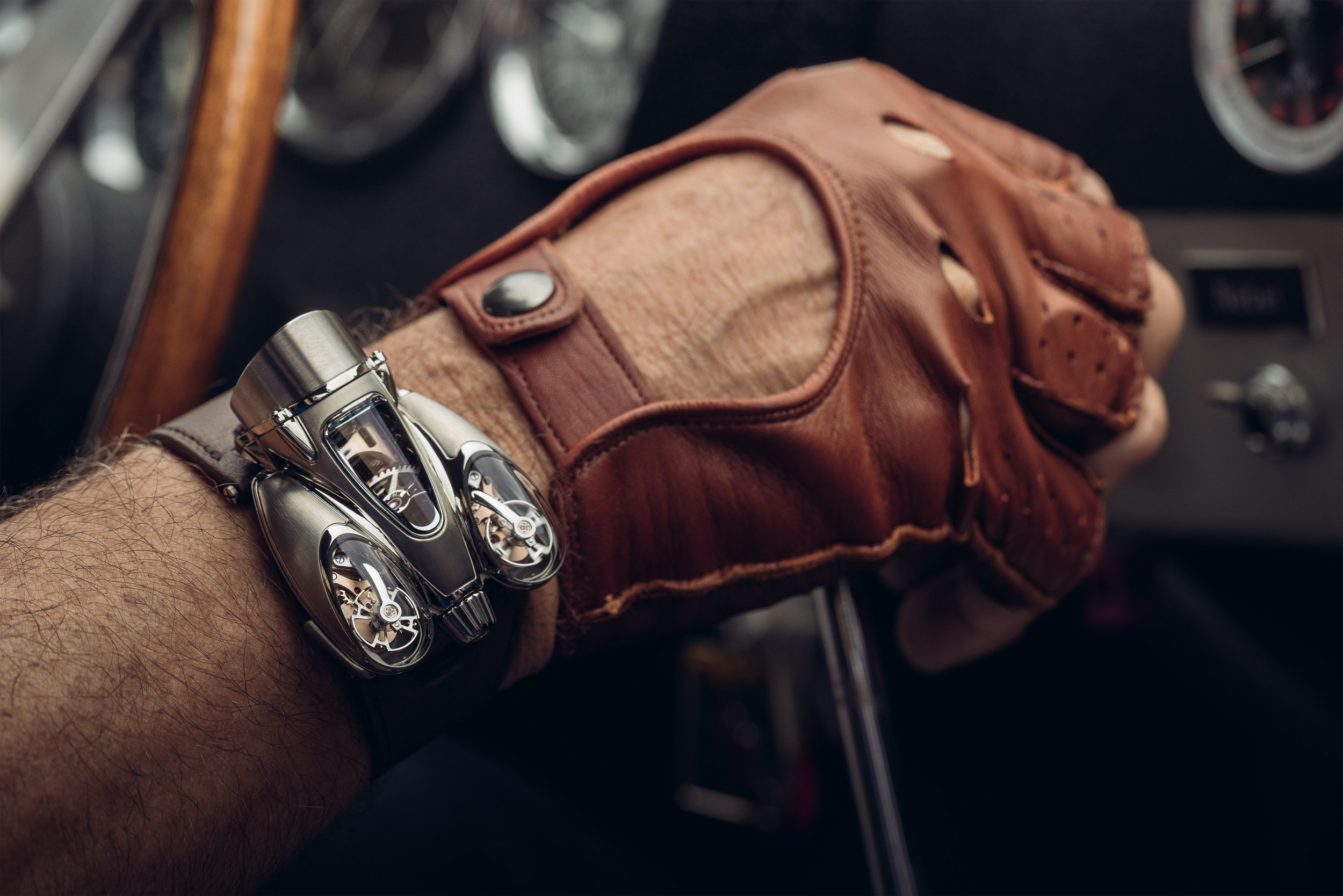
Wrapping Up
It’s normal for car and plane-inspired watches to communicate what they do. Right? It is a ‘tool’ after all, designed to do something or add some functional benefit to the wearer. Be that in the form of a tachymeter or the number of registers on the dial. However, some of the most iconic cars are remembered not for what they did or the mileage they achieve but for how they look. Does it have aggressive or sensual curves? How does it make you feel when you sit in the driver’s seat? Does it look fast?
These are questions that come to mind while wearing the HM9. It’s the type of watch that challenges dominant ideas of how an automotive or aviation-inspired watch should look, without making any compromises or excuses.
Interested in learning more about the HM9? Ask our watch specialists
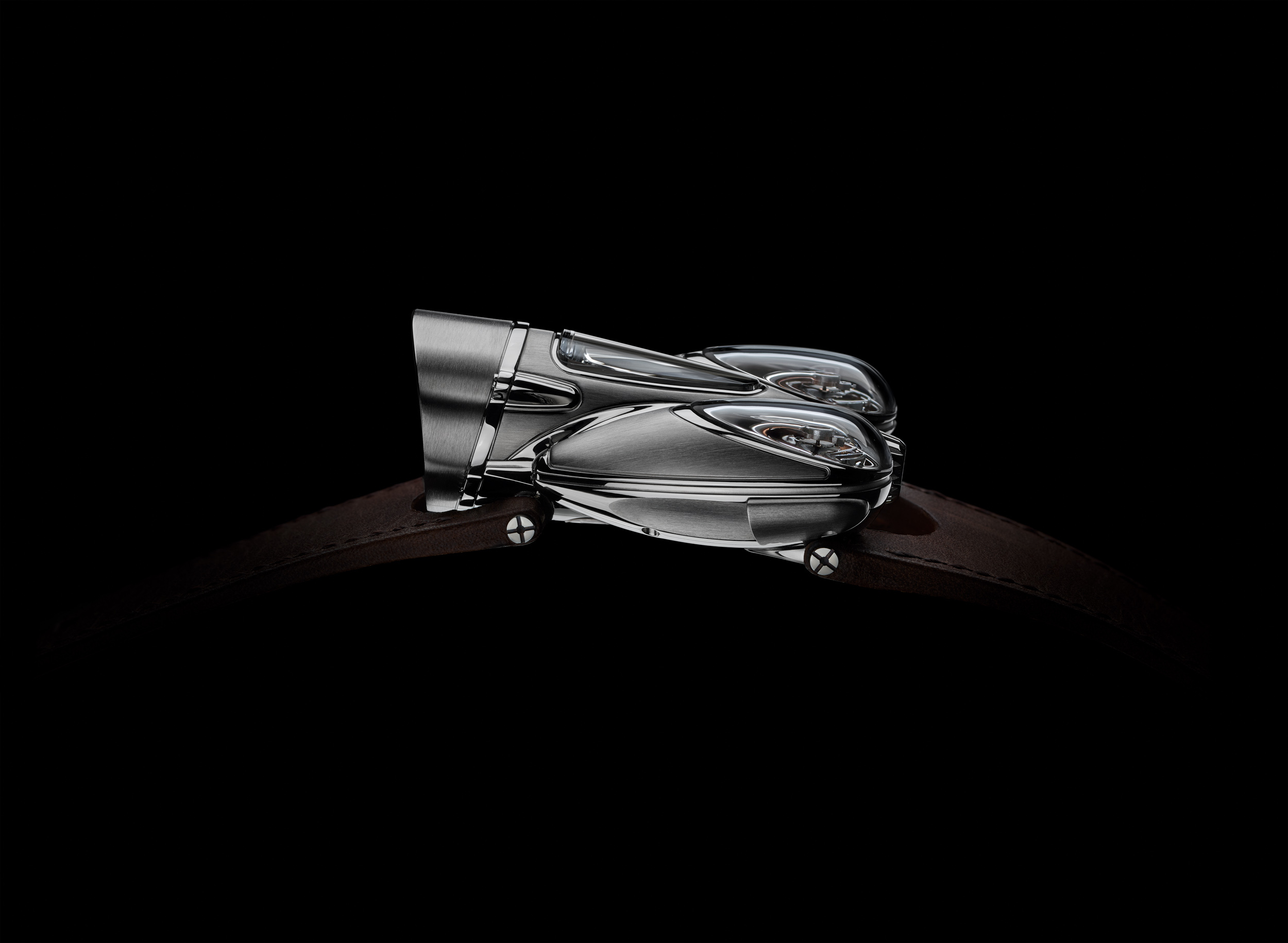
Streamline Moderne Architecture References: Going Clockwise: Former National Institute of Radio Broadcasting, Belgium (1939), Hotel Shangri-La, Santa Monica, California (1939), Coca-Cola factory, Los Angeles (1936), Blytheville Greyhound Bus Station, Arkansas (1937) and Marine Air Terminal of LaGuardia Airport, New York (1939).



